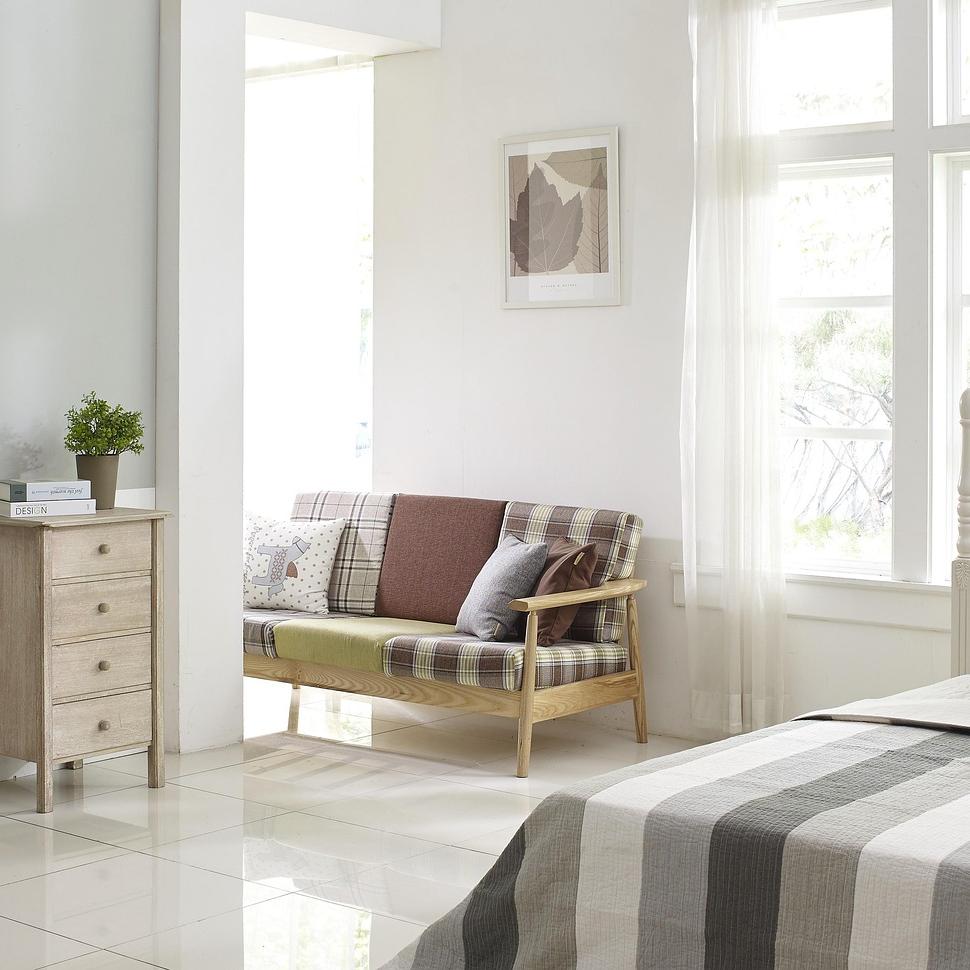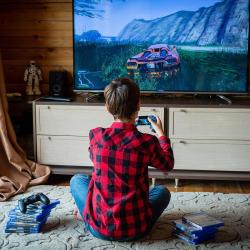How to Create a Comfortable Living Space for Aging Loved Ones
As our loved ones age, it's important to ensure that their living space is not only comfortable but also safe and supportive of their changing needs. Whether they're moving in with family, transitioning to a retirement community, or staying in their own home, making strategic adjustments can significantly enhance their quality of life. Here's how you can create a cozy, functional environment for aging loved ones.
Assess the Current Living Situation
Before making any changes, evaluate the current living space. Consider factors such as mobility, accessibility, and the overall safety of the environment. It's essential to understand specific needs, which may vary widely from one individual to another depending on their health, mobility, and personal preferences.
Prioritize Safety and Accessibility
1. Eliminate Tripping Hazards:
- Use non-slip mats in areas that may get wet, like the bathroom and kitchen.
- Secure rugs or remove them if they're likely to cause trips.
- Clear pathways of unnecessary furniture and clutter.
2. Improve Lighting:
- Ensure all areas are well-lit to prevent falls, especially stairways, hallways, and outdoor paths.
- Install motion-sensor lights in frequently used areas for added convenience.
3. Install Grab Bars and Railings:
- Place grab bars in bathrooms near the toilet and in the shower or tub.
- Consider railings on both sides of stairways for additional support.
4. Modify Entryways:
- Install ramps for wheelchair or walker access.
- Ensure thresholds are low to prevent trips and falls.
Create Convenience
1. Smart Home Technologies:
- Consider devices like smart thermostats, voice-activated assistants, and automated lighting.
- Medical alert systems can provide peace of mind by ensuring that help is easily accessible if needed.
2. Accessible Storage:
- Place commonly-used items within easy reach.
- Use pull-out shelves and lazy Susans to make accessing items easier in kitchens and pantries.
3. Comfortable Furniture:
- Ensure seating is firm but comfortable and at a height that makes it easy to sit down and get up.
- Beds should be at an accessible height and supportive to ease mobility challenges.
Enhance Social and Emotional Well-being
1. Personal Touches:
- Decorate with meaningful photos, artwork, or memorabilia to create a warm and familiar environment.
- Allow space for hobbies and interests, such as a reading nook or a small garden.
2. Encourage Social Interaction:
- If space allows, create an inviting area for visitors.
- Arrange furniture to promote conversation.
3. Pet-Friendly Spaces:
- Ensure any pets they love are accommodated, which may include pet-friendly furniture or designated feeding areas.
Consider Professional Help
If modifications seem overwhelming, consulting with professionals such as occupational therapists or home renovation experts who specialize in aging-in-place solutions can be beneficial. They can provide insights and solutions tailored to specific needs.
Regularly Reevaluate and Adjust
As needs change over time, it's crucial to reassess and make necessary adjustments to the living space. Regular check-ins can help to ensure everything continues to remain both safe and comfortable.
Creating a comfortable living space for aging loved ones involves a blend of practicality, safety, and emotional consideration. By addressing these aspects thoughtfully, you can provide your loved ones with a supportive environment that enhances their autonomy, comfort, and happiness.






















